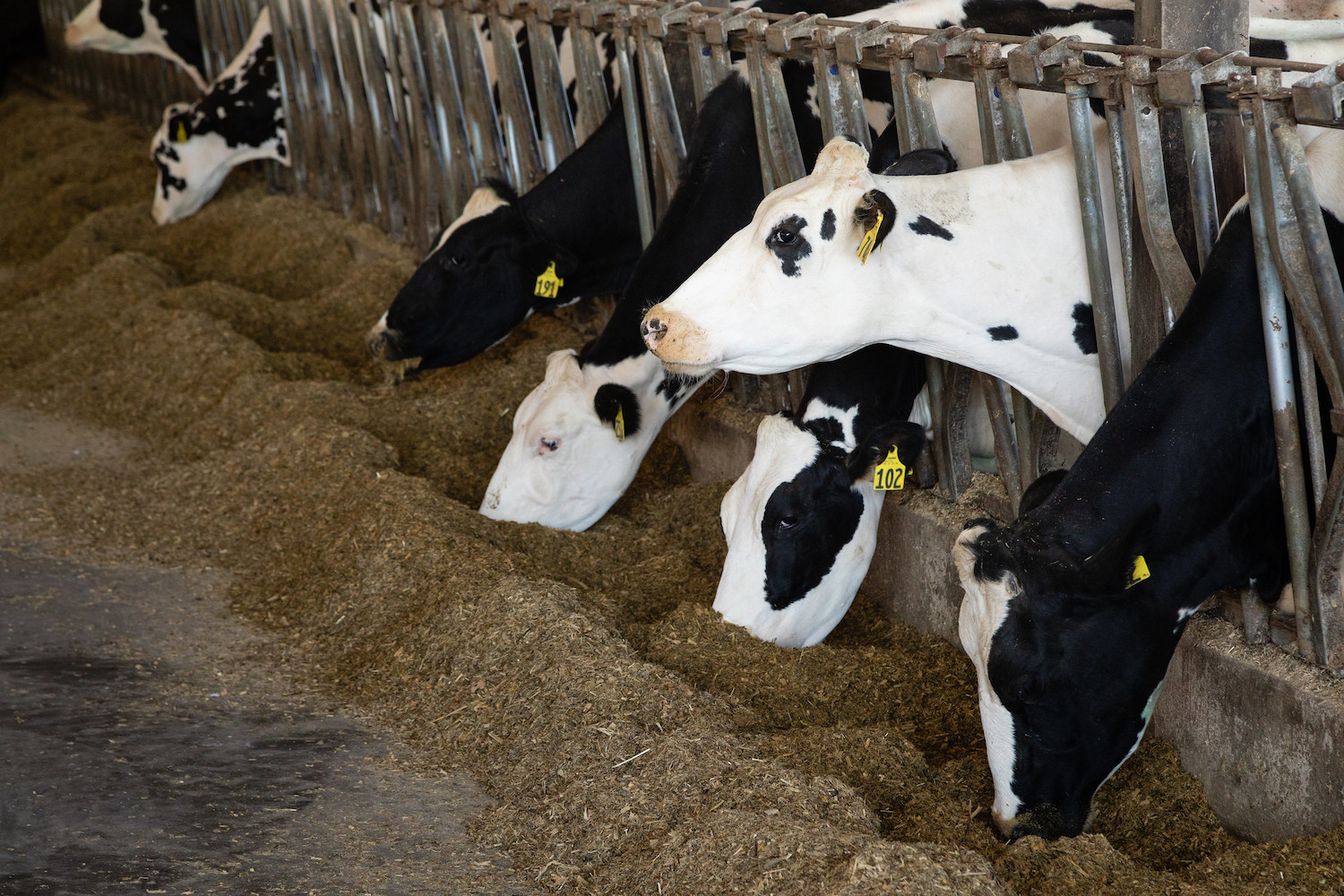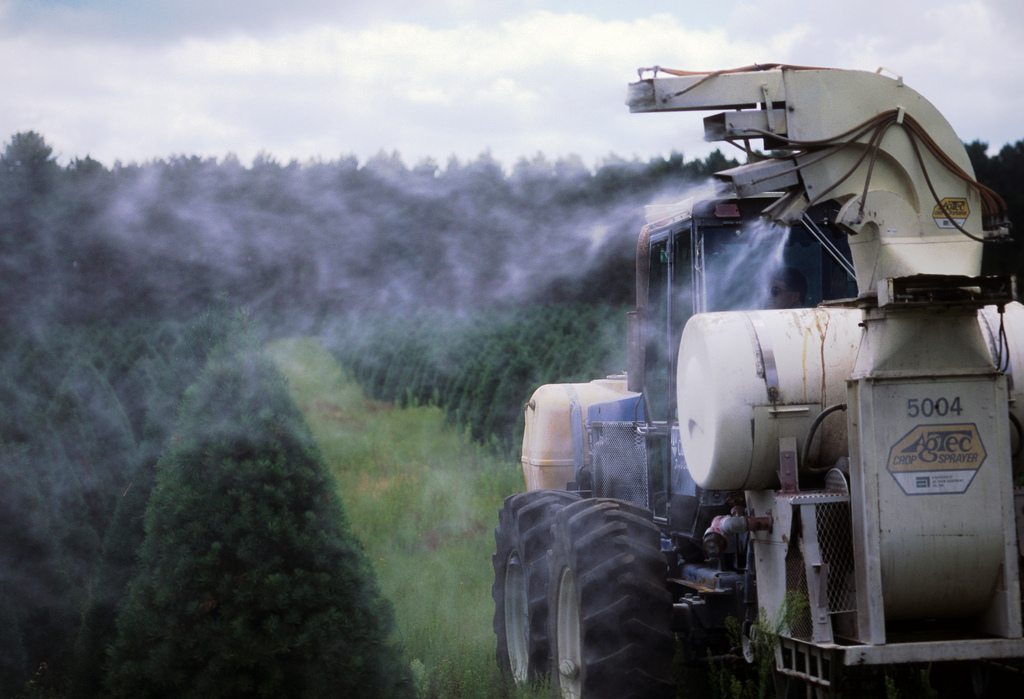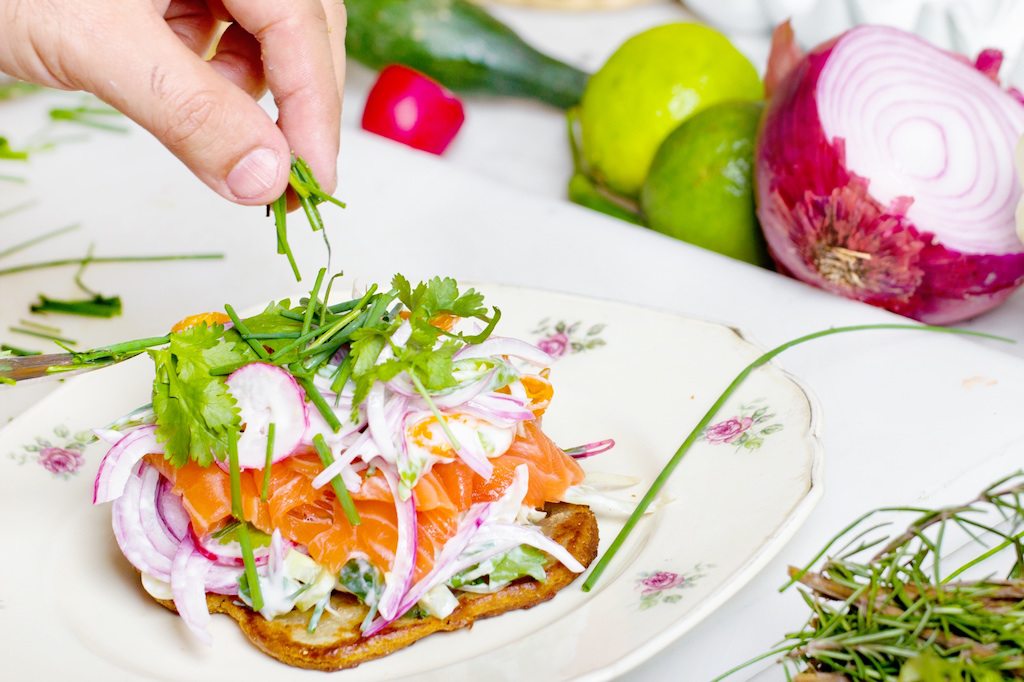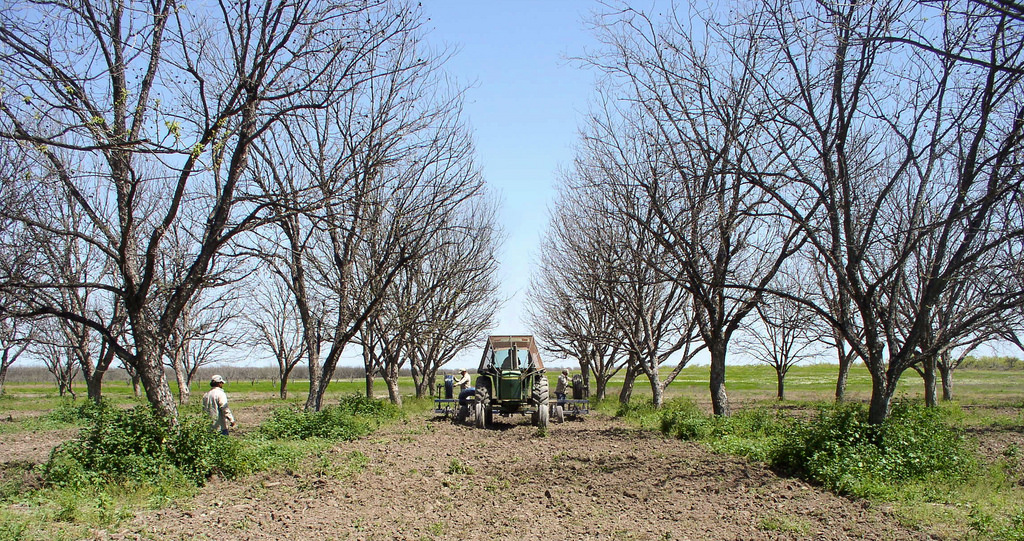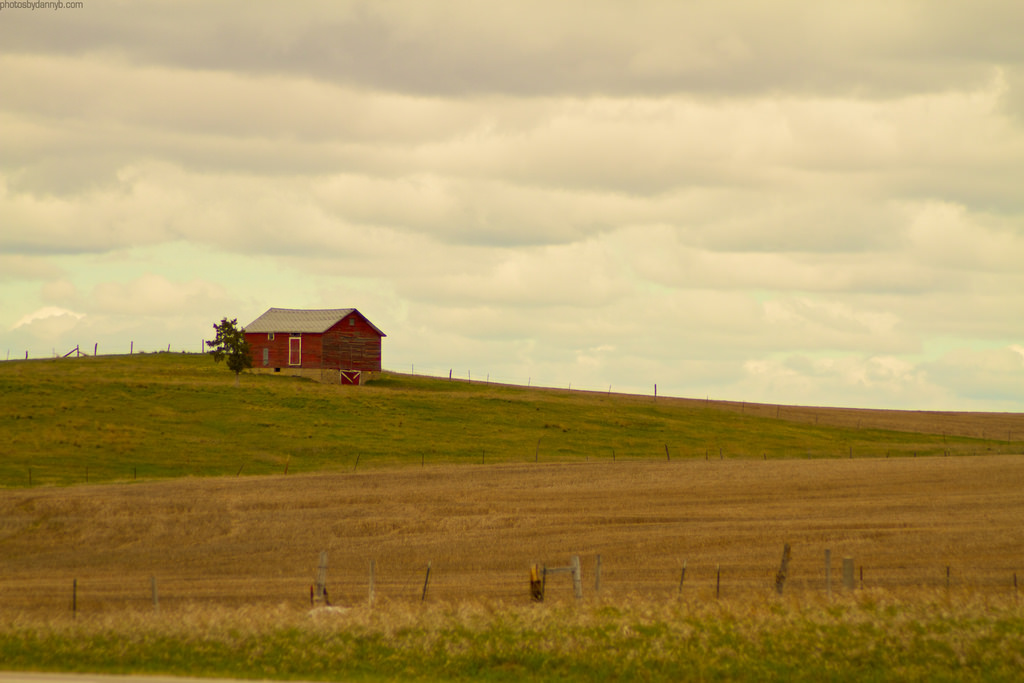Earlier this summer, a progressive organizing group in Iowa circulated a questionnaire to the field of Democratic presidential candidates. Among other things, it asked would-be nominees whether or not they would support a ban on the construction of new concentrated animal feeding operations, or CAFOs, sometimes called “factory farms,” and the expansion of existing ones.
Five expressed their support for a ban on CAFO construction: Senators Elizabeth Warren and Bernie Sanders, Representative Tulsi Gabbard, Julián Castro, and Marianne Williamson. Former Vice President Joe Biden’s campaign never responded to the questionnaire. South Bend, Indiana’s Mayor Pete Buttigieg completed the questionnaire but did not commit to supporting a moratorium. (It should be noted that expressing support for factory farm bans on a questionnaire is a far cry from passing legislation. Still, the candidates’ responses are revealing, especially considering that Iowa—where they’ve spend much of this month—is the nation’s number one producer of pork.)
The candidates have spoken, sort of. But what do voters think? Might factory farm regulations become a winning issue at the ballot box? (Spoiler alert: Probably not). A new poll, commissioned by Johns Hopkins University’s Center for a Livable Future and released Tuesday, surveys voter sentiment on banning CAFO construction for the first time. Polling group Greenberg Quinlan Rosner surveyed 1,000 registered Democrats, Republicans, and Independents from across the nation and found that 43 percent of respondents favored a national ban on the creation of new factory farms, as opposed to 38 percent of respondents who oppose a ban. But in Iowa, where more than 400 additional registered voters were asked the same questions, sentiment flipped: more people opposed a ban than favored one.
CAFOs have long been a hot-button issue in big farming states like Iowa and North Carolina. “In Iowa, there’s been like, 15,000 new CAFOs in the last eight years or something like that,” says Bob Martin, program director of Food System Policy at the Center for a Livable Future. “And they’re continuing to intensify in North Carolina, in broiler [chicken] CAFOs on the Eastern Shore [of Maryland] … they’re kind of moving unabated,” he adds. (The researchers conducted additional polling in these two states because both have passed or considered statewide moratoria on new CAFOs.)
The battle lines in this particular debate are familiar by now: Pro-business, “pro-agriculture” groups like the American Farm Bureau have claimed that CAFOs are already subject to plenty of regulations. Environmentalists and, more recently, public health advocates have argued in favor of a ban on new construction as scientists continue to evaluate possible risks to the environment and human health. Martin says the survey results reflected those established divisions, revealing that factory farm sentiment increasingly falls along party lines. “I think there is a bit of polarization starting to leak into these issues based on the national presidential polarization, and the polarization in Congress,” he says.
Broken out by political party, nearly 60 percent of Democrats surveyed supported halting factory farm construction, whereas 49 percent of Republicans opposed a ban. Independents narrowly supported a moratorium. “They’re the ones that everybody wants to influence,” Martin says, adding that millennial women, African Americans, and Latinxs were the demographic groups that most strongly opposed the construction of new factory farms.
Interestingly, the divisions intensified once poll respondents were given additional information from both sides of the issue. They were read factual statements in support of a moratorium, which cited concerns about health and environmental impact, and statements arguing for preservation of the status quo, which emphasized the benefits of a plentiful supply of cheap meat. After reading those statements, nationwide support for a ban rose from 43 percent to 49 percent, but opposition rose almost as much, from 38 percent to 42 percent.
If the jury’s still out on banning CAFO construction outright, respondents were a little closer to agreeing on one thing: 57 percent of them supported increased oversight of industrial-scale animal farms overall. Additionally, more than 80 percent of respondents said they were “concerned” or “somewhat concerned” about health problems, pollution, and worker safety issues related to CAFO operations.
Martin says he was a bit surprised that the poll did not reveal more immediate support for a moratorium on CAFO construction. (The Center for a Livable Future advocates in favor of a factory farm ban, though its nonprofit status prevents it from getting involved in elections.) “I do think that this poll was a bit of a surprise that just asking for a pause in this development was not, you know, more positively received in the initial questions,” he says.
Still, he pointed to the results indicating that some voters seemed to change their minds when exposed to additional information about the issues. “We moved them in our direction when we gave them information, which was very encouraging,” he says. “I thought there would have been stronger results initially, but I’m just happy that once people listen to the information about the issues, they decide we need to do something differently.”
